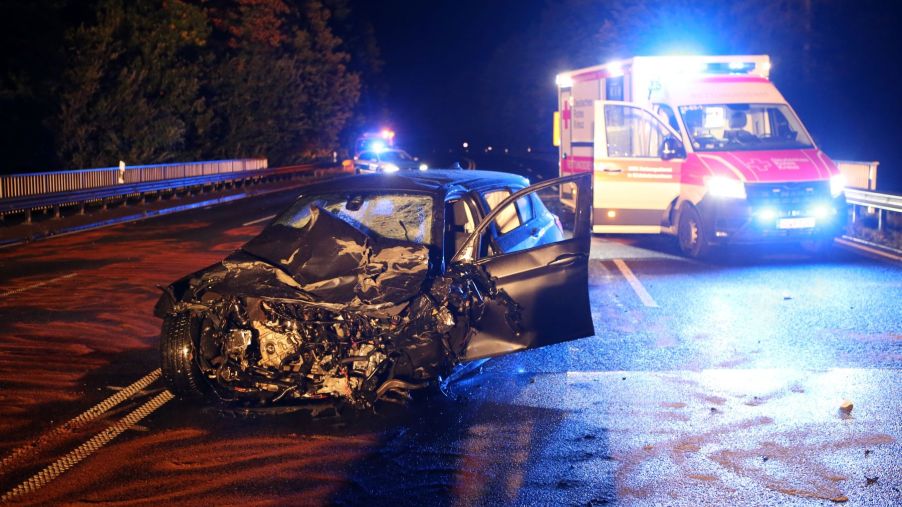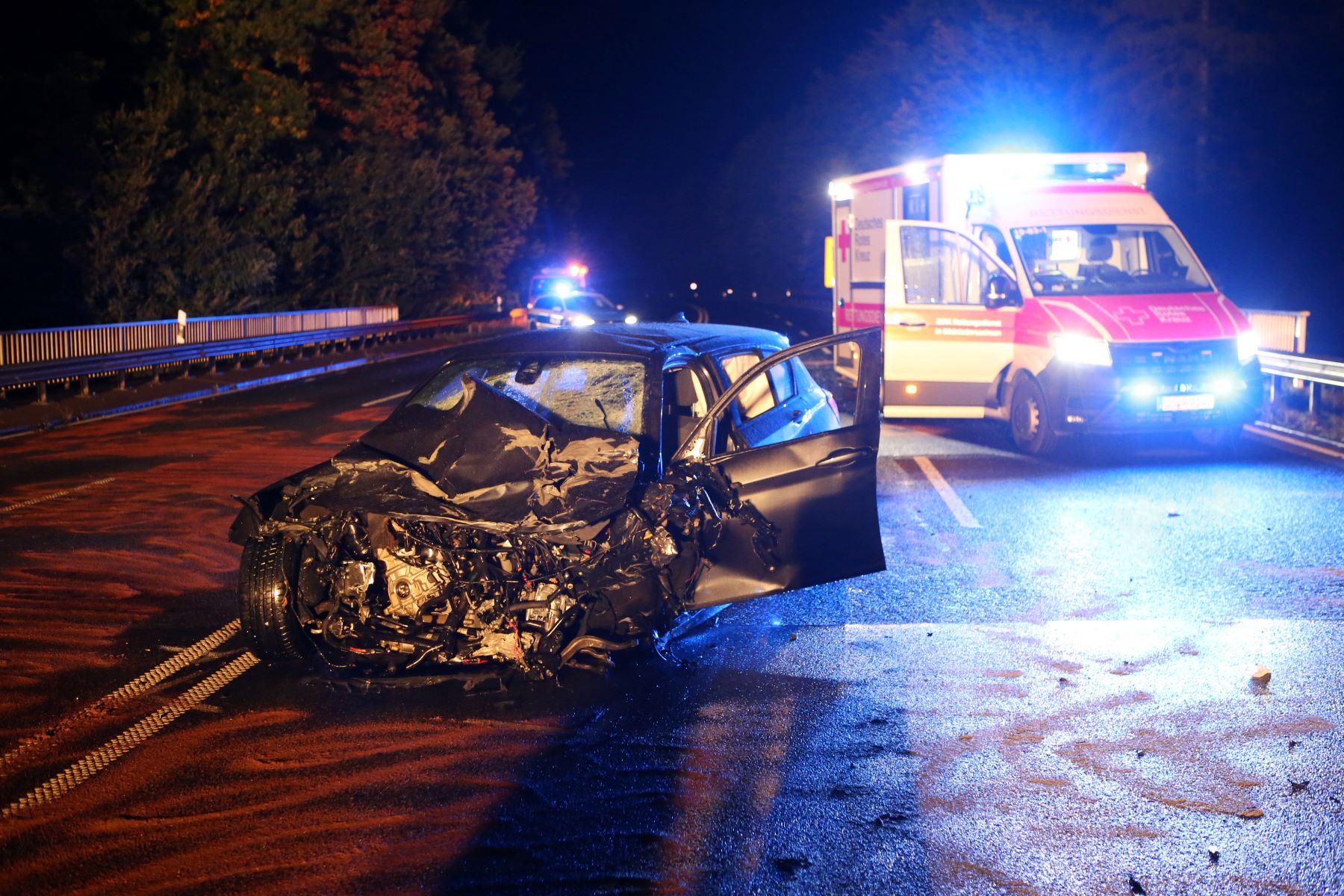
NHTSA Estimates Reveal an Increase in Fatal Car Accidents in First Half of 2022
The National Highway Traffic Safety Administration (NHTSA) reveals that traffic fatalities rose during the first half of 2022. However, the 0.5% year-over-year increase comes as fewer miles were traveled on U.S roads.
Pressure from the federal government continues as U.S. Transportation Secretary Pete Buttigieg called for urgent action to curb “preventable” deaths. Petitions underscore Buttigieg’s National Roadway Safety Strategy (NRSS) ambitions of “reaching zero roadway fatalities,” a press release stated.
2022 traffic fatalities reported by the NHTSA
According to figures from the NHTSA, an estimated 20,175 people died in vehicle traffic crashes between January 1 and June 30 of this year. Yet, the fatality rate decreased to 1.27 per 100 million vehicle miles traveled (VMT), down from 1.30 in 2021. However, there were still 105 more deaths in the first half of 2022 than in the first half of last year.
NHTSA statistics show fatalities per VMT during 2022’s first quarter were the lowest since the first quarter of 2021. The year 2022’s second quarter statistics were also the second lowest in the previous 10 quarters. Although there was a year-over-year increase, traffic deaths are declining for the first time since 2020.
Regional differences in traffic fatalities

Interestingly, traffic fatalities didn’t increase nationwide. In half of the NHTSA’s 10 statistical regions, traffic fatalities remained steady over the previous year or fell. The percentage changes by region are as follows:
- Region 10 (Northwest)—Alaska, Idaho, Oregon, Montana, Washington: 0% increase
- Region 9 (West)—Arizona, California, Hawaii: 4% decrease
- Region 8 (Northern Midwest)—Colorado, Nevada, North Dakota, South Dakota, Utah, Wyoming: 1% increase
- Region 7 (Midwest): Arkansas, Kansas, Iowa, Missouri, Nebraska: 0% increase
- Region 6 (Southwest)—Louisiana, Mississippi, New Mexico, Oklahoma, Texas: 1% decrease
- Region 5 (Great Lakes)—Illinois, Indiana, Michigan, Minnesota, Ohio, Wisconsin: 2% increase
- Region 4 (Southeast)—Alabama, Florida, Georgia, South Carolina, Tennessee: 1% decrease
- Region 3 (Mia-Atlantic)—Delaware, District of Columbia, Kentucky, Maryland, North Carolina, Virginia, West Virginia: 3% increase
- Region 2 (Southern Northeast)—Connecticut, New Jersey, New York, Pennsylvania: 11% increase
- Region 1 (Northeast)—Maine, Massachusetts, New Hampshire, Rhode Island, Vermont: 11% increase
How will the NRSS address fatalities?
In January, the U.S. Department of Transportation (USDOT) kickstarted its efforts to make America’s roadway and transportation network safer. The USDOT states that nearly 95% of the nation’s transportation deaths occur on streets, roads, and highways. This has led to annual traffic fatalities exceeding 35,000 since 2015.
Federal figures also assert that millions are injured in traffic crashes every year. Furthermore, traffic crashes are the number one cause of death for teenagers.
The USDOT has commenced work on several action items in the NRSS, including:
- Safer People: Behavioral research, education, interventions, technical assistance, and outreach will disseminate road safety information to the masses.
- Safer Roads: Context-sensitive road infrastructure designs will incorporate elements conducive to the safe travel of those who walk and bike.
- Safer Speeds: Depending on situational factors, variable roadway speeds will supplement automated speed enforcement networks.
- Safer Vehicles: Significant upgrades in the New Car Assessment Program (NCAP) and additional driver assistance safety tech is set for development.
- Post-crash care: With a focus on redundancy, arrival times for ambulances will be improved, and medical facilities will be upgraded.
With the rise in self-driving cars or those with semi-automated driving systems, the NHTSA seeks further data collection. Regarding their ability to usher in a greater metric of crash prevention, the Infrastructure Law will likely fund new developments.
How can you help decrease car accident fatalities?
The NRSS provides a top-down systematic approach to reducing the number of deaths on American roads. Still, issues with excessive speed in built-up areas, drunk driving, and texting behind the wheel remain the leading causes of fatalities.
Personal conduct is naturally challenging to address on such a large scale. While educational initiatives and better standard safety features will help, prioritizing paying attention on the road is a start.


